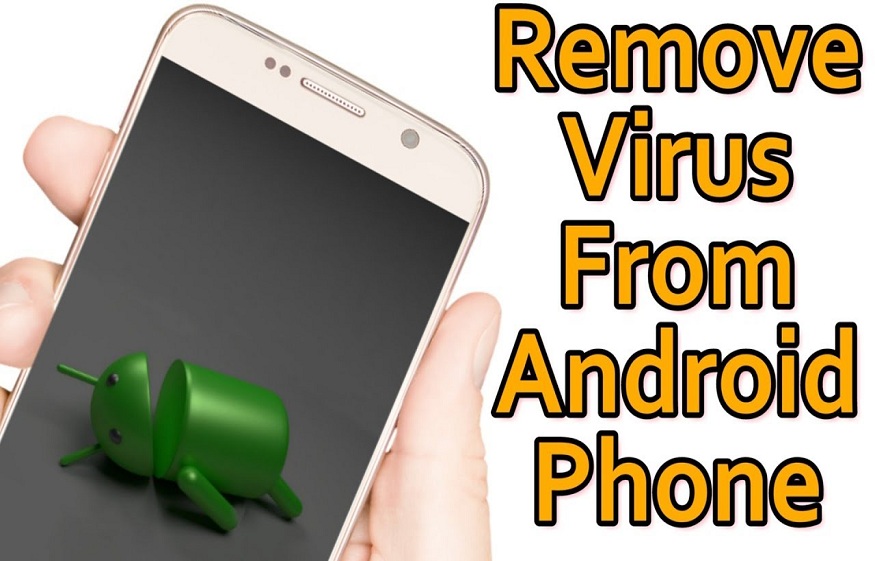Not sure if your phone is infected with a virus? Can iPhones get viruses? Learn how to detect and remove mobile malware from your Android device or iPhone, how to eliminate malicious apps, and how to get rid of pop-up ads. Learn about the top risks to your smartphone and install our free anti-malware mobile app to boost your protection today.
How_to_Remove_a_Virus_from_Phones-Hero
How do you know if your phone is infected with a virus? The answer is simple: it is not. Phones cannot contract viruses. But they can be infected with other forms of malware , and when we say “viruses on Android” or “viruses on iPhone”, we really mean malware. But leaving the terminology aside, we’ll see how to use a malware removal tool to eliminate malicious apps and run a virus scan.
Whether you want to manually get rid of malware or use a virus removal tool , such as a malware scanner, we’ll explain it all. Are you ready to remove viruses from Android? Let’s go. Or go further in this article to learn how to remove a virus from an iPhone .
How to remove a virus from an Android phone
Although common computer viruses cannot infect your phone, certain types of malware can infect it. If your Android device is showing the classic symptoms of an infection , don’t wait. Here’s how to remove malware from your Android phone or tablet:
1. Remove malicious apps
Most Android malware comes in the form of a rogue app. Although Google removes malware from the Play Store as quickly as possible, malicious apps have time to be downloaded a few thousand times. You can eliminate these apps using a malware removal tool, but if you want to do it yourself, here’s how to remove malicious apps from your Android device:
Step 1: Launch Safe Mode
Safe mode in Android prevents all third-party apps from running. This is a good way to identify the culprit behind the unusual behavior of your Android phone. If the problem disappears when your smartphone is in safe mode, there is a malicious application lurking in your system. Safe mode allows you to use your phone normally.
To enter safe mode in most Android devices, you need to press and hold the power button. Then confirm your choice via the prompt that offers you to restart in safe mode . If that doesn’t work, find out how to enter safe mode on your device. If the procedure was done correctly, you should see the words Safe Mode appear at the bottom of your phone’s screen after it turns on.
Rebooting to safe mode in Android 11 detect malicious apps.
Step 2: Identify the malicious app
Open your Settings and select the Application manager or Apps & notifications tab (or any other similar option). Go to the Downloaded Apps or Installed Apps tab and look for apps that look suspicious to you. For example, apps that you don’t remember downloading or that shouldn’t be running on your phone or tablet.
Did you download an app when your phone started behaving strangely? This is probably the real source of the Android virus.
Access installed apps in settings to scan for scam apps in Android 11.
Step 3: Uninstall the malicious app
In most cases, you will be able to simply select the rogue app and press the Uninstall button .
Step 4: Remove admin access
Go back to Settings and look for Security or another similar section, depending on your version of Android. Tap Device administrators (or any similar option) and check if any malicious apps have access.
Select Security and location, then Device administrator to see the malicious apps that have access to your device.
If so, tap on the app and remove its access, either by unchecking the blue box or clicking Disable . You can now uninstall the malicious application (see step 3).
You can remove admin access for any malicious or fraudulent application.
Step 5: Restart your phone
Restarting your Android phone should fix your malware problem.
2. Purge cache memory and downloads
Some types of Android malware, like adware , can lurk in your browser. If you’re seeing lots of pop-ups or being redirected to a site other than the one you want to visit, it’s time to clean up Chrome for malware. Here’s how to clear your cache on Android:
Step 1: Open Settings and select Apps . Then search for Chrome .
Step 2: Select Storage & cache . Just tap Purge Cache and your cache will clear automatically. Then tap Clear Storage .
Step 3: Tap Erase all data and then confirm your choice in the pop-up window.
Step 4 : Choose Erase all data (factory reset) and then tap Erase all data . Confirm this operation in the window that appears and restart your phone.
3. Protect your Android device
Rather than going through all the steps we just described, Android malware can be removed quickly and easily using an Android virus removal tool on your phone or tablet. Choose a cleaning application from a recognized publisher, some applications of this type are simply camouflaged malware. Millions of users trust AVG and our antivirus for Android.
Step 1: Download and install AVG Antivirus for Android .
Step 2: Wait while our anti-malware app scans and checks your apps and files for malware.
Step 3: Follow the prompts to resolve any threats.
AVG Antivirus will scan for threats and tell you what needs to be fixed.
Step 4: AVG will quickly uninstall the malicious application. And There you go ! The Android malware is gone. You also get free virus protection on your Android phone.

